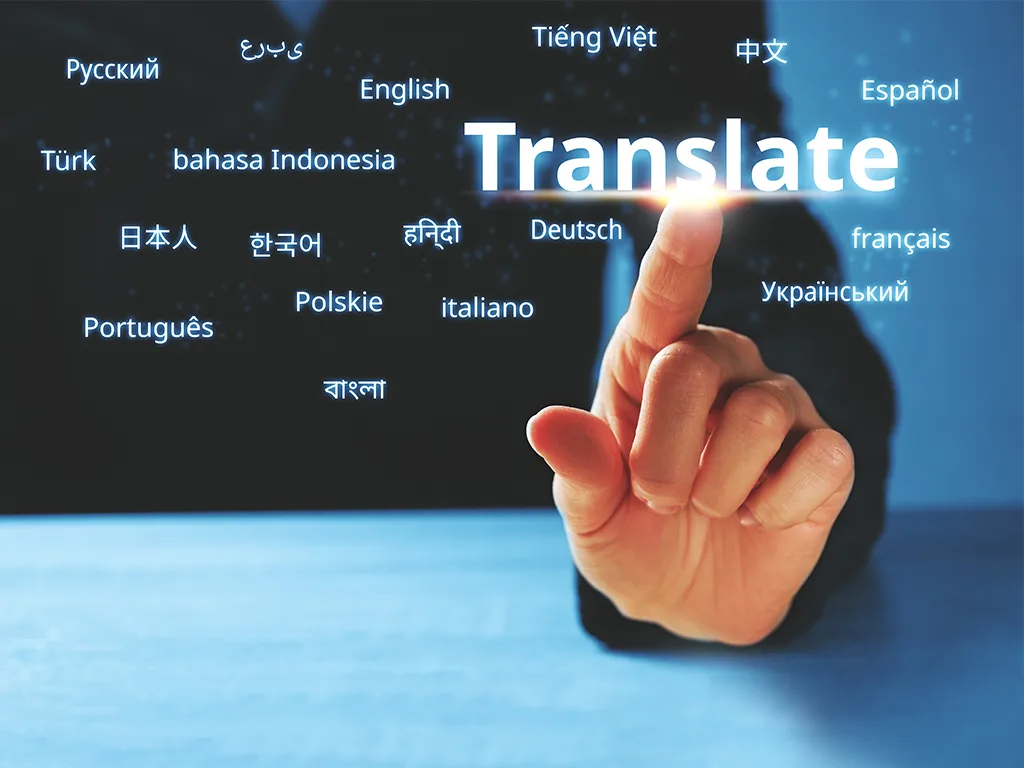What are the objectives of translation?
In this article, we’ll discuss the different types of translations, their purposes and the importance of achieving them in order to succeed.

Translation is a complex process of conveying meaning from one language to another. It can involve transferring different types of information, such as text, audio, visual and cultural knowledge. In most cases, its primary objective is to accurately convey the original meaning. While also respecting the target audience’s cultural values and understanding.
Translating materials into other languages has become increasingly important in a globalized world where people communicate daily across cultural boundaries. Whether it’s for business or pleasure, translations are essential for helping two parties understand each other and bridge cultural differences. As such, specific objectives must be kept in mind when translating materials, including accuracy, precision, clarity, readability, and localization.
Accuracy
The most crucial objective of a technical translation is to accurately transfer the meaning of the source material into another language. Any facts or opinions expressed must remain faithful to the source. To ensure accuracy, it is essential to have a qualified translator. Who is proficient in both the source and target languages. And also understands the cultural nuances between them. Furthermore, it is essential to review the translation software times, utilize a specialized CAT tool to enhance efficiency and consistency, and have the text verified by a native speaker. Another key objective is precision.
Precision
It’s not enough for a translation to be accurate; it must also be precise. This means that all information within the text should be conveyed as clearly and succinctly as possible. While conveying its original meaning. To ensure precision, the translator must pay close attention to detail and select appropriate words or phrases that are both accurate and precise. Moreover, they must also consider the context of the source material and how its target audience will interpret it.
That said, it is essential to remember that precision only sometimes equates to clarity. The two should be balanced to achieve an adequate translation.
Clarity
Another essential objective is clarity. Write the text in a way that is easy to understand for readers of the target language. This means using simple vocabulary and sentence structures, avoiding ambiguity, and opting for shorter sentences where possible.
In addition, it can be helpful to use formatting tools such as bolding or italicizing certain words or phrases to make them easier to spot and distinguish from the rest of the text. You should also refrain from using overly technical terms and jargon that would be unfamiliar to readers. Keeping the text concise and to the point will also help promote clarity.
Readability For translations to reach their intended audience, they must also be readable. This means using natural-sounding and appealing language rather than overly stiff or complicated. To ensure readability, it is essential to use language suitable for the target audience and avoid excessively complex words or phrases.
Readability also applies to the overall structure and flow of the text, which should be easy to follow and not contain long blocks of dense text. Lastly, it is essential to consider the localisation of the translation.
Localization
The final objective of a translation is localization. This means taking into account the cultural norms and expectations of the target audience to create a text that resonates with them. For example, you translate an article about a new product into Spanish. In that case, you will need to consider local idioms and dialects and any culturally relevant terms that would be more familiar to Spanish readers.
In addition, localizing a text can also involve adapting specific images or visuals to better connect with the target culture. Besides considering these objectives when translating text, it is also essential to ensure the translator has a thorough understanding of the target language and cultural nuances.
Benefits of translation
Translations are invaluable for breaking down language barriers and making content more accessible to a broader audience. Not only can translations allow businesses to expand into new markets and reach more potential customers, but they can also increase customer satisfaction by providing them with information in their native language.
To add on, translations can bridge cultural gaps and create more meaningful connections between people of different backgrounds. On top of that, translations help promote understanding and acceptance of other cultures, which can lead to positive outcomes for businesses and individuals. Translation also helps to preserve important documents and protect intellectual property rights.
In the end, the client decides
Ultimately the client decides the objectives of a translation. But, no matter the project’s objectives, it is essential to keep the above objectives in mind when translating text to ensure the best quality text is produced. By following these objectives, translators can create a high-quality, accurate, and culturally appropriate translation that will help ensure the project’s success.
Another thing to keep in mind is that even if a translator has an excellent understanding of the language, they may still need help from other professionals, such as native speakers, proofreaders, and copywriters, to achieve the translation outcomes.
Upon consideration
The main objectives of a translation are accuracy, precision, clarity, readability and localization. To ensure these objectives are met, the translator must have an understanding of both the source and target languages as well as any relevant cultural nuances. Translations are a powerful tool for breaking down language barriers, and connecting cultures worldwide. Considering all these objectives when translating text, you can create an effective translation that accurately conveys the intended message.



